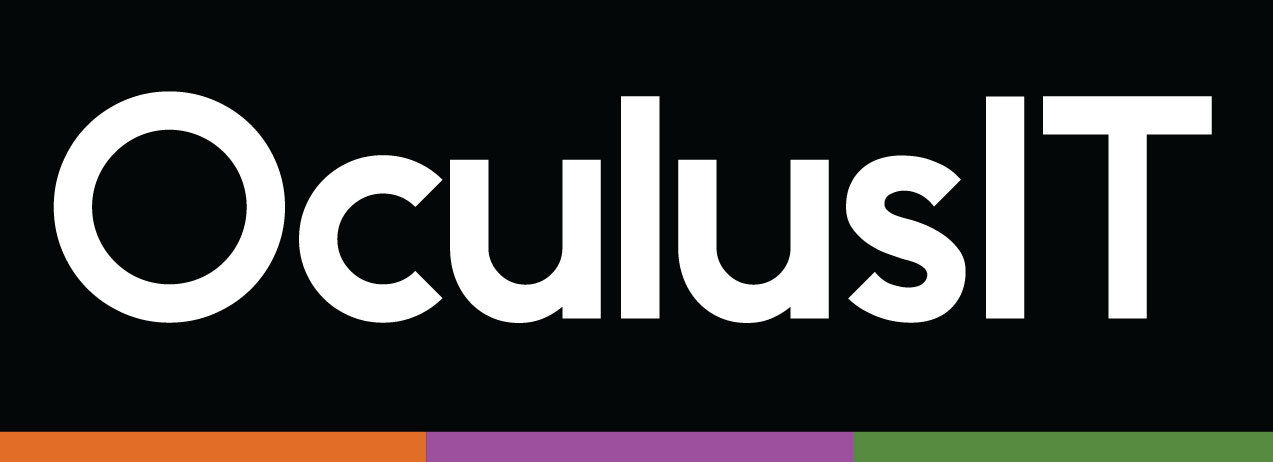Top 6 Reasons to Boost Cybersecurity in Higher Education
In 2019, colleges and universities around the world are focused on enhancing the overall “student experience”. This involves getting the latest technologies on campus, improving IT infrastructure, embracing cloud technologies and securing all systems and data from cyber threats.
It is no surprise that information security and privacy are included in the EDUCAUSE Top 10 IT Issues of 2019 . In organizations dealing with confidential data and personally identifiable information (PII), every operation requires awareness, precision and maximum security. With cybercriminals waiting to exploit security loopholes, it is most critical that cybersecurity be our first and foremost concern.
In a study of cyber resilience by IBM, 77% of respondents didn’t have a formal cybersecurity incident response plan (CSIRP) applied consistently across their organizations. Another study by IBM (2017) found that a data breach would cost roughly $1 million less if the organization were able to contain it within 30 days.
Here are the top 6 reasons why cybersecurity should be the topmost concern in higher education:
1. A cyberattack could cost millions
In addition to reputational damages, loss of productivity and downtime, the average cost of recovery from a cyberattack could cost institutions millions of dollars. Radware®, a leading provider of cybersecurity and application delivery solutions, announced that the average cost of a cyberattack is now estimated at $1.1 million (2018-2019 Global Application and Network Security Report).
2. Safeguarding personal data is a priority
Colleges and universities deal with student personal information on various fronts. Securing this data is a top priority for campuses. In a post-GLBA and post-GDPR world, higher-education institutions must strengthen cybersecurity to avoid legal risks and security threats.
3. Cybercriminals are evolving
Cybercriminals around the world are quickly evolving ways to detect security loopholes in systems. They are adapting and growing immune to the average defenses. With a growth in digital workspaces and consequent ransomware and phishing attacks, campuses must secure all endpoints and fend off advanced threats with cybersecurity systems in place.
4. Cyberattacks affect everyone on campus
Cyberattacks do not just affect the IT departments. The students, faculty and staff on campus could suffer from irreparable data damages even if such threats are thwarted. Therefore, higher education organizations must focus on identifying and responding to cyber threats quickly with advanced threat detection, monitoring and mitigation.
5. It is not easy to identify a cyberattack
While it could be easily identified that a security breach has occurred on campus, identifying the actual attack could take much longer. A 2018 research from IBM found that it can take up to 197 days on average to identify a security breach. Once it is identified, it can take another 69 days to contain it.
6. Cybercrime is the world’s biggest criminal growth industry
The global cybercrime industry is booming. It has matured in sophistication, technology, complexity, size and cost every day. Combating this cyber trade requires strong cybersecurity strategies and operations deployed on campus by experts who can identify the vulnerabilities before the attackers do.
Retention of students and improving academic success is critical to the future of higher education institutions. Campuses that welcome change management to strengthen cybersecurity will be ones to succeed and achieve proficiency.
Joseph Redwine
About the Author
Joseph Redwine is the President at OculusIT. He has over 30 years of senior executive experience in the higher education sector. Joe entered the higher education services industry because of his passion to serve and support the mission of higher education and its service to students. Joe also has a record of service to the nation. He has served as the CIO for the Florida Air National Guard and as the strategic advisor for continuous improvement of its command, control, communications, and intelligence capabilities. Joe honorably retired as a Lieutenant Colonel from the United States Air Force and Air National Guard.
Tags:blog

